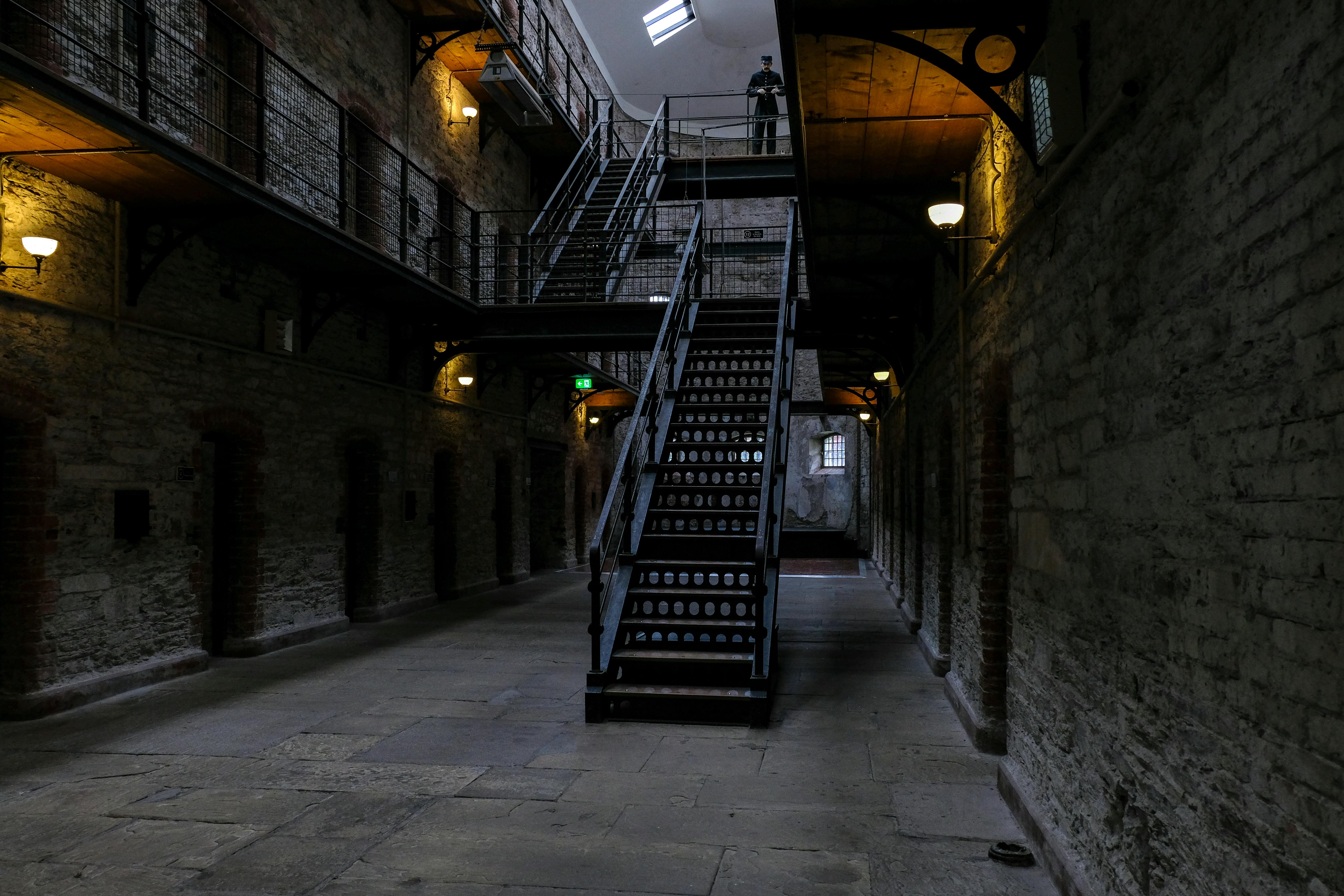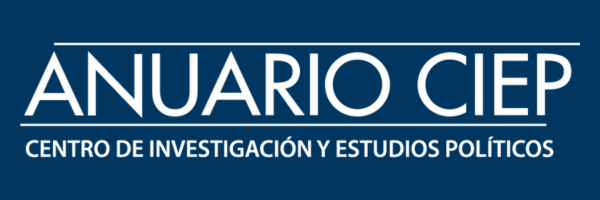Analysis of the institutional intervention in the release phase of the minor population deprived of liberty
DOI:
https://doi.org/10.15517/aciep.v0i13.48635Keywords:
Criminal policy, Juvenile penal justice, Release phase, Institutional intervention, Social integrationAbstract
This article analyzes the different forms of institutional intervention in minors during their release following the culmination of their prison sentence. We analyze the different actions or omissions present in the institutional intervention (educational area, labor area, support, or family networks) that are carried out by the Specialized Young Adult Center and the Zurquí Youth Training Center, focusing on programs that have a role oriented to the accompaniment during their release phase, such as the National Program of Attention to the Juvenile Prison Population and the Social Insertion Unit. The article also analyzes other institutional interventions in the release phase that are being developed through Social Action initiatives at the University of Costa Rica. This piece is based on in-depth interviews conducted between 2021 and 2022, to government official experts in juvenile prison and social insertion. It is concluded that in the institutional intervention during the release phase there is a gap in the understanding of ideological and political elements at the structural level of the prison system, which is reflected in a violent and disjointed execution of the release phase.

Downloads
Published
Issue
Section
License
Copyright (c) 2022 Carmen Sánchez Guerrero, María José Castro Cerdas (Autor/a)

This work is licensed under a Creative Commons Attribution-NonCommercial-NoDerivatives 4.0 International License.


